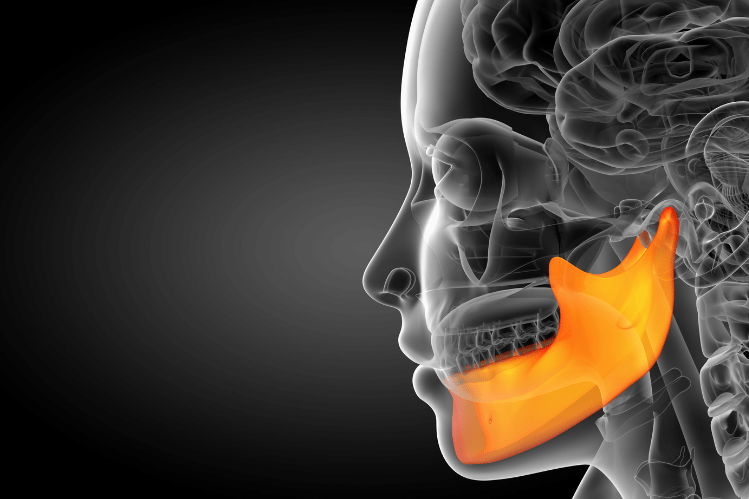
Temporomandibular Joint Disorder, or TMJ disorder, is a condition that affects the joints and muscles responsible for jaw movement. It can result in various symptoms, including jaw pain, headaches, and difficulty in opening and closing the mouth. While TMJ disorder is a complex issue that may require multidisciplinary treatment, clear aligners have shown promise in addressing some of the associated symptoms and discomfort.
Understanding TMJ Disorder
TMJ disorder refers to a group of conditions that affect the temporomandibular joint, the joint that connects your jawbone to your skull. This joint is responsible for various essential functions, including talking, chewing, and swallowing. TMJ disorder can manifest in several ways, but common symptoms include:
Jaw Pain: Pain or discomfort in the jaw area, often near the ears.
Headaches: Frequent tension headaches or migraines.
Limited Jaw Movement: Difficulty in opening and closing the mouth.
Clicking or Popping Sounds: Audible sounds when moving the jaw.
Ear Pain: Pain or discomfort in or around the ears.
Facial Pain: Discomfort or pain in the face, especially around the jaw area.
While the exact causes of TMJ disorder can vary, it is often linked to factors like stress, teeth grinding (bruxism), misalignment of the teeth, or trauma to the jaw joint. Managing TMJ disorder involves a combination of approaches, which may include lifestyle changes, medications, physical therapy, and dental interventions.
The Role of Clear Aligners
Clear aligners, primarily used for orthodontic treatment to straighten teeth, have been explored for their potential role in addressing TMJ disorder. Clear Aligners such as SMILEPATH are not only effective but also an affordable option. While they are not a direct treatment for the disorder itself, aligners can help in the following ways:
Alignment Correction
Clear aligners can help correct misaligned teeth, which may contribute to the development of TMJ disorder. When teeth are properly aligned, it can alleviate some of the strain on the jaw joint, reducing pain and discomfort.
Bruxism Management
Some clear aligners are designed with special features to manage bruxism. They can act as a barrier between the upper and lower teeth, preventing the harmful effects of grinding.
Stress Reduction
Many clear aligner wearers report improved confidence in their smile during and after treatment. This can help reduce stress and tension, which are contributing factors to TMJ disorder.
Balanced Bite
Aligners are designed to create a balanced bite, which can help reduce pressure on the temporomandibular joint, potentially alleviating some TMJ symptoms.
Collaboration with Healthcare Professionals
It's essential to highlight that addressing TMJ disorder is a complex matter and should involve collaboration with healthcare professionals. If you suspect you have TMJ disorder or experience symptoms, consult with a dentist or a specialist in oral and maxillofacial medicine. They can provide an accurate diagnosis and recommend an appropriate treatment plan, which may include clear aligners as a part of a comprehensive approach.
Final Thoughts
In conclusion, clear aligners have shown potential in addressing some of the symptoms associated with TMJ disorder, primarily by correcting misalignments and mitigating bruxism. However, they should be considered as part of a broader treatment plan and under the guidance of healthcare professionals experienced in TMJ disorder management. If you experience any TMJ disorder symptoms, consult with a healthcare provider for a thorough evaluation and personalized treatment.
FAQs
Clear aligners are not a direct cure for TMJ disorder. They can help alleviate some of the associated symptoms by addressing factors like teeth misalignment and bruxism. However, a comprehensive treatment plan for TMJ disorder may involve various approaches, and clear aligners are just one part of the solution.
Clear aligners can help with TMJ disorder by correcting teeth misalignments, which can relieve some of the pressure on the jaw joint. They can also be designed to manage bruxism, a common contributor to TMJ disorder.
No, TMJ disorder can have multiple causes, and teeth misalignment is just one of them. Stress, trauma, teeth grinding (bruxism), and other factors can contribute to TMJ disorder. Therefore, a comprehensive evaluation by a healthcare professional is essential for an accurate diagnosis.
Clear aligners are primarily designed for orthodontic purposes. If you have TMJ disorder but no orthodontic concerns, it's essential to consult with a healthcare professional experienced in TMJ management to determine the most suitable treatment plan.
Clear aligners are generally designed for comfort and are made from smooth, BPA-free materials. However, their suitability for TMJ patients may


 Australia
Australia New Zealand
New Zealand Malaysia
Malaysia English
English Portuguese
Portuguese English
English English
English English
English English
English English
English Canada
Canada